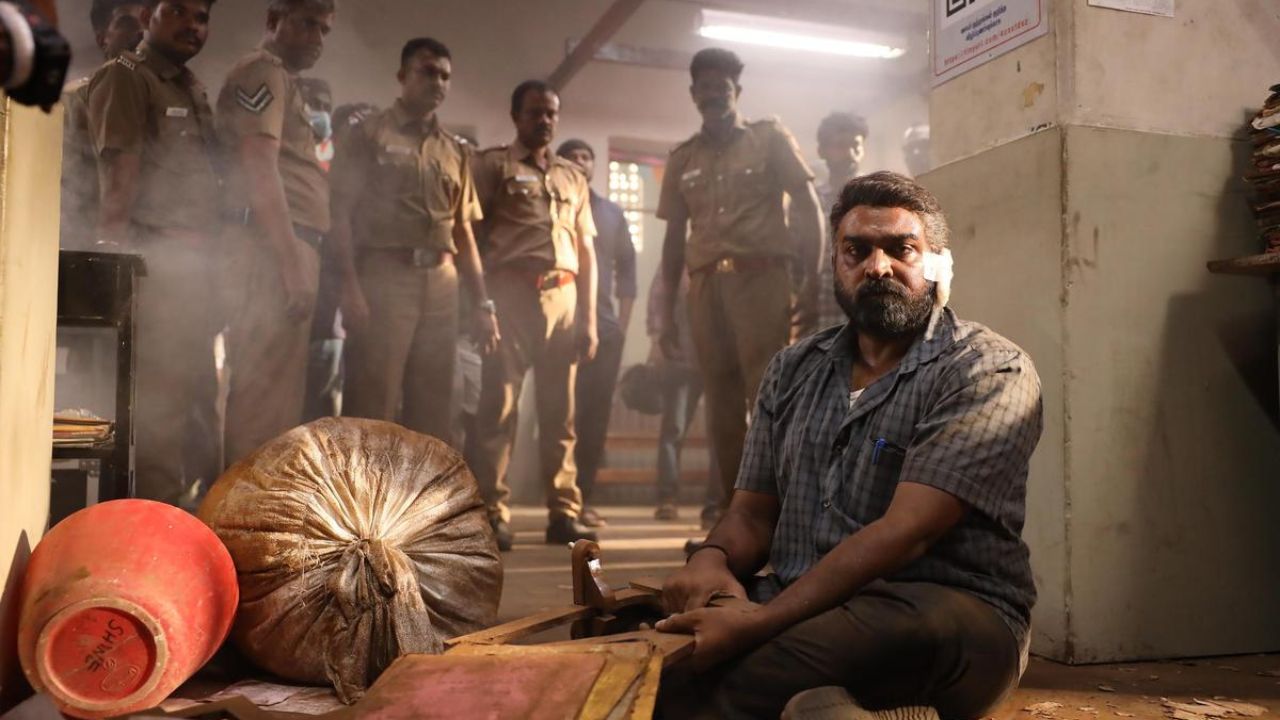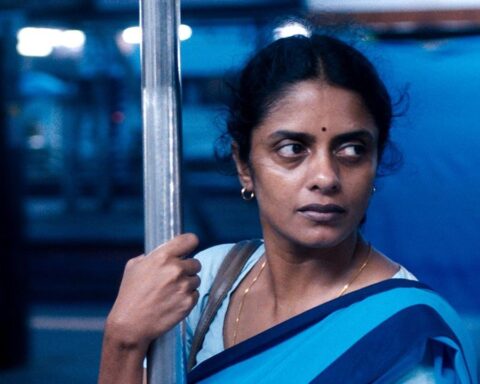“There is a line between humility and dignity that shouldn’t be crossed.” This film, like many Indian films, reflects society’s tendency to play jump rope with that notion, by stepping on people who are perceived to be “lower” in station compared to the rest of society, reserving our respect for only those in positions of power. Maharaja directed by Nithilan Swaminathan follows a barber played by Vijay Sethupathi in his 50th film role. The barber, known simply as “Maharaja” is a man who takes pride in his humble way of life, enduring the sneers of a society that sees his profession as “low-class” work.
The film seems, at first glance, to be just another revenge thriller, albeit one that is very well made. But the subtlety and nuance with which it uses a red herring to create suspense and uncertainty is what makes it stand out.

As the plot evolves through its non-linear narrative, Maharaja begs police officers to find his “Lakshmi,” which was taken from his home by unscrupulous thieves. The police, however, are confused about the nature of Lakshmi. Is she his daughter or is it the name of something else? This plot ambiguity is eventually answered as the story spirals into violent, bloody, bone-crunching, blade-wielding chaos. Trust me when I say it will leave you with your jaw on the floor.
Nithilan Swaminathan creates a tense, dark, and claustrophobic, atmosphere, with the cinematography, in particular, using tight framing and close-ups to sell the suspense. His contributions to the film’s screenplay also cannot be understated, with his use of several plot devices like the Lakshmi red herring, that help the audience move around the film’s fractured narrative without losing pace or interest in the stakes of this film.

Maharaja as a film is not without its flaws. As with many Tamil films, the lighthearted moments and comic relief come off as random and unnecessary, more so in a movie that is as dark and suspenseful as this one. A lot of the more comedic moments also involve the police, who are portrayed as the antagonists of this film, thereby taking something away from the weight of their purpose.
I also have a nitpick with the pacing, as it sometimes tends to feel a little too sudden with Swaminathan shifts between linear and non-linear narratives.
Maharaja is also not immune to certain cliches that Tamil films tend to have where the final act of the film is written to incite a reaction of shock and awe. It is a trope that works when used in the right way, but with all the effort that was put in to make this something different, falling back on that old school methodology just comes off a little too conventional.
But my tiny nitpicks aside, Maharaja is still a pretty great watch. It works really well despite its faults. It’s gritty and intense. Its screenplay, which is Nolanesque in many ways, is a noble effort at bringing us a fresh take on an old idea.









Follow Us